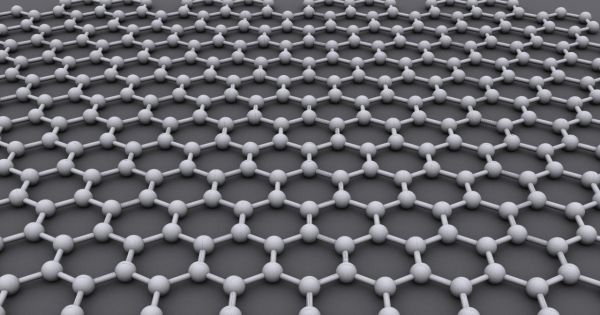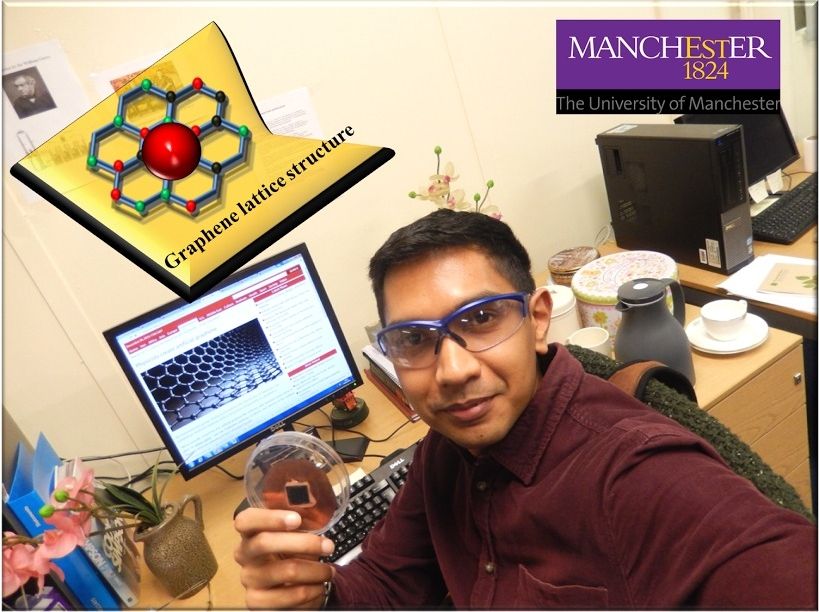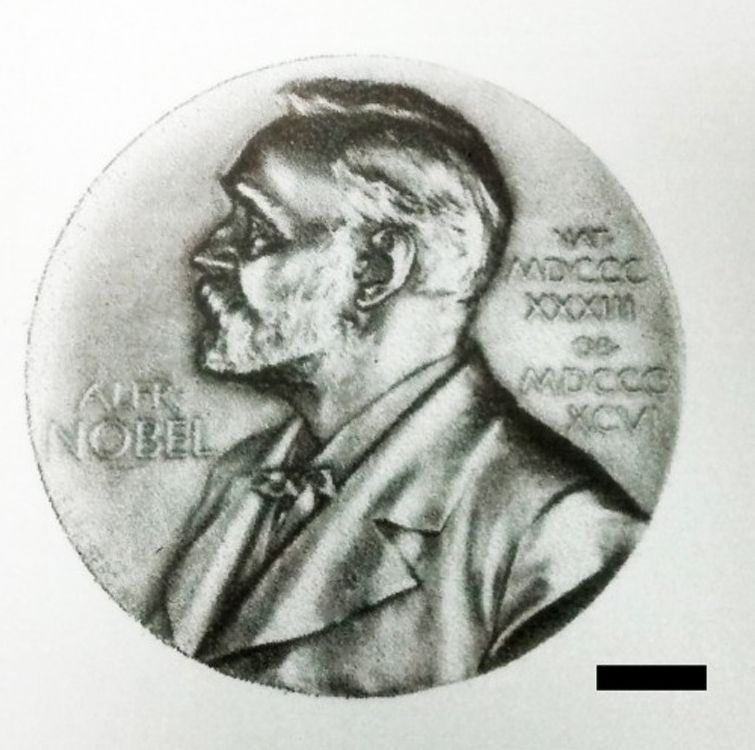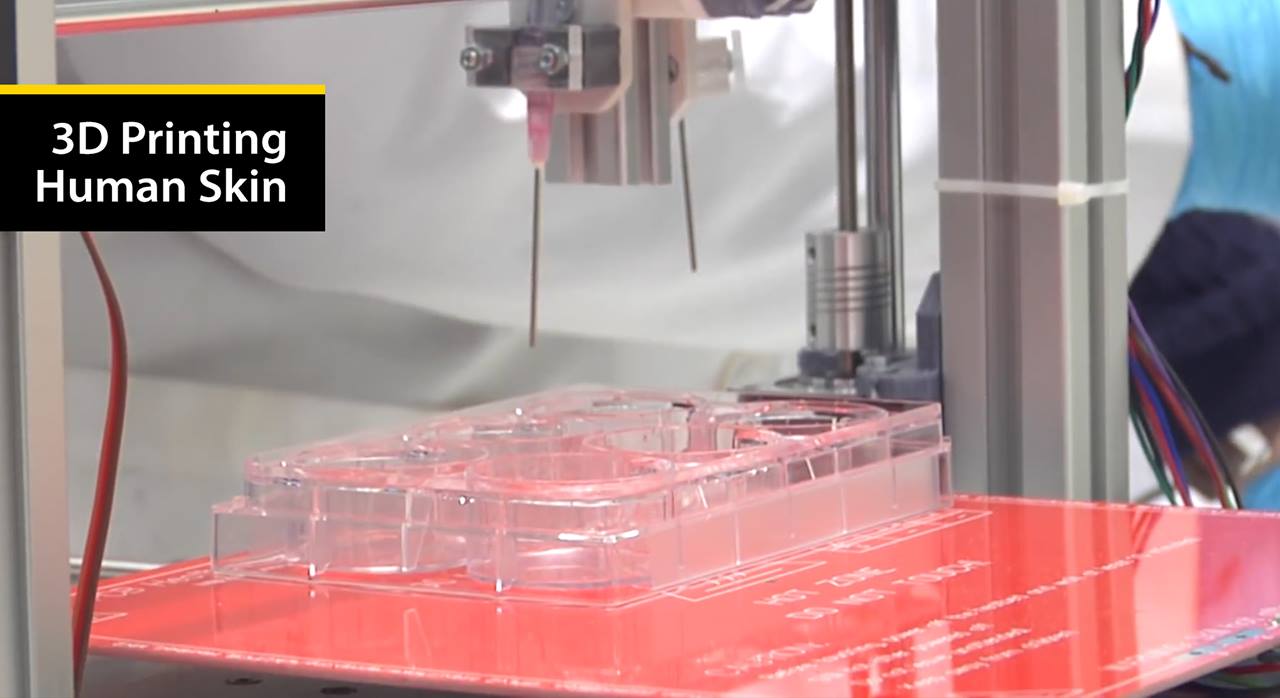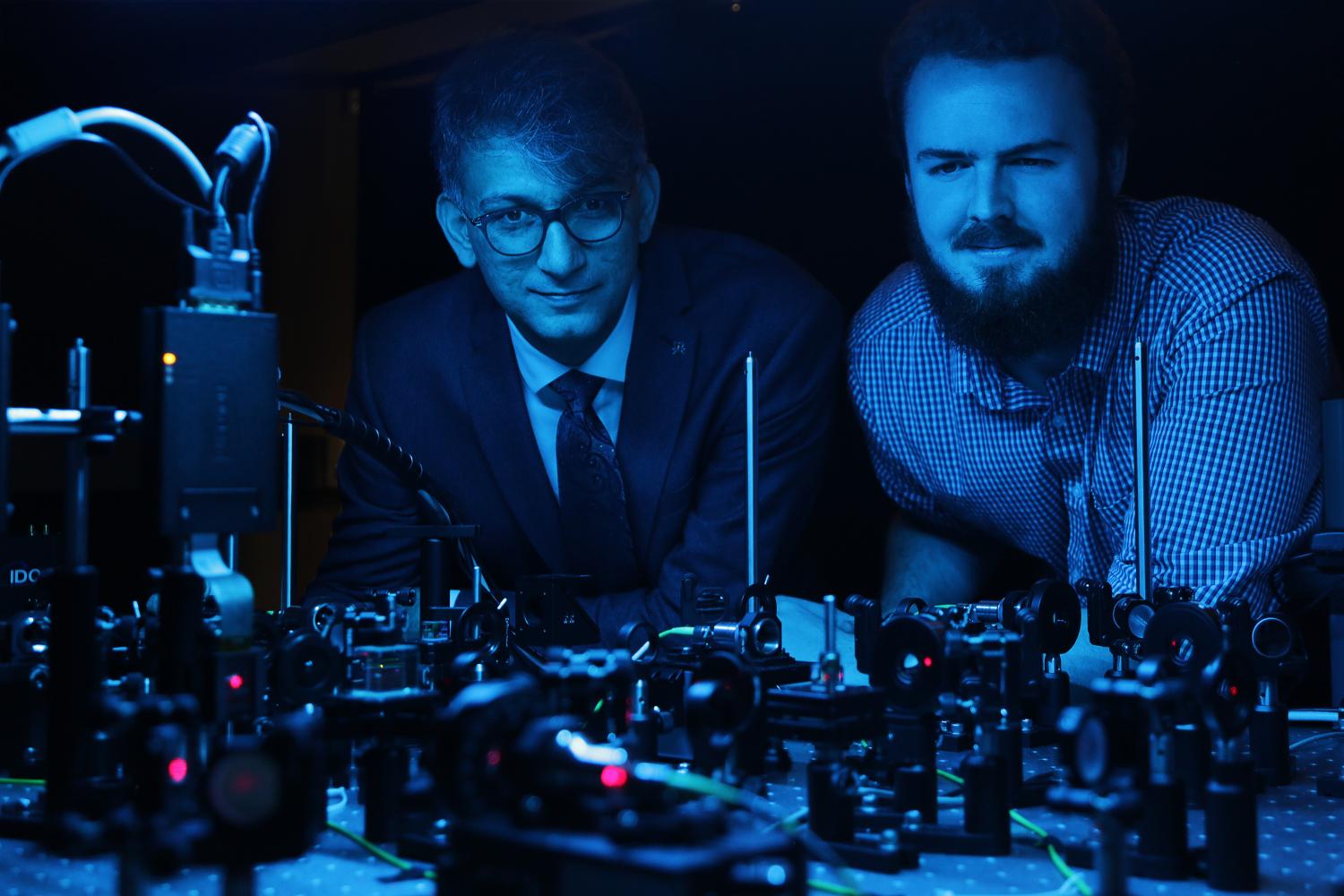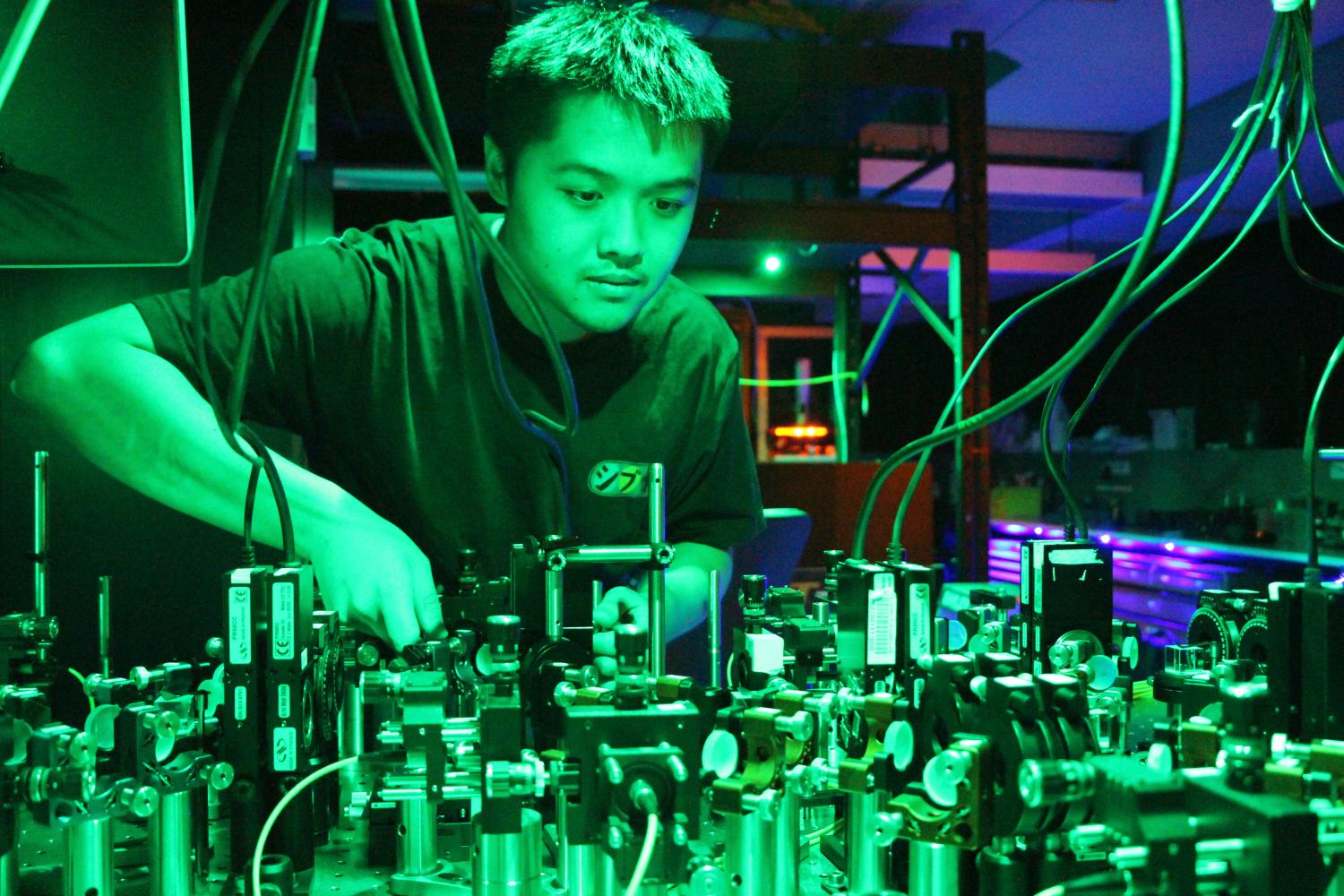Feb 3, 2017
Scientists Have Turned Cooking Oil Into a Material 200 Times Stronger Than Steel
Posted by Karen Hurst in categories: mobile phones, nanotechnology, particle physics, solar power, sustainability
Graphene cooking oil?
In Brief
- Researchers have discovered a way to make soybean oil into the super-strong material graphene. The material has a wide variety of potential uses and can revolutionize electronics.
- The material could be used to make cell phone batteries last 25 percent longer, make more effective solar cells, and even filter fuel out of air.
Researchers have found a way to turn cheap, everyday cooking oil into the wonder material graphene – a technique that could greatly reduce the cost of making the much-touted nanomaterial.
